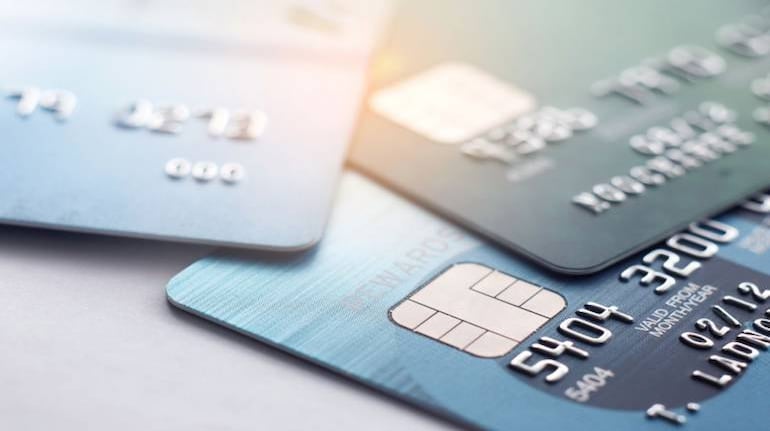
In the period after the Covid pandemic, from 2021 to 2023, a look into the trend in credit to different borrower segments shows that banks have grown their consumer loans book more aggressively than in the pre-Covid times. Going by the bank-specific data, within the consumer loan segment, the lenders have developed a liking towards unsecured credit which has increased as a share of total loans across many banks.
Does that explain the central bank’s recent action on consumer credit? Probably yes. In the last two years, unsecured retail credit has spiked 23 percent as against an overall credit growth of 12-14 percent in the system, making it an "outlier" segment. The central bank’s recent caution and move to increase risk weight on consumer credit perhaps come in this backdrop.
The Reserve Bank of India (RBI) increased the risk weight on consumer loans on observing that banks were rapidly growing exposure to unsecured retail credit. The RBI intended to slow the pace of this growth. It will

significantly add to the capital requirement of banks with some estimates taking this figure to Rs 84,000 crore.
So, where did the money go?
To understand this issue better, let’s first take a closer look at the numbers. Between October 2021 and October 2023, total bank credit has surged 39.66 percent. As a percentage of total bank credit, size of the personal loan book has jumped 32.4 percent from 28.97 percent in this period. At the same time, bank loans to industries as a percentage of the total loan book declined to 23.15 percent from 26.90 percent, while lending to infrastructure went down to 8.2 percent from 10.20 percent.
But how steep was the growth in personal loans in recent years?
Just take two key segments - credit card debt and consumer loans - as an example. Bank lending through credit cards have spiked 29.4 percent between 2021 and 2022 as against an overall credit growth of around 19 percent. Between October 2021 and October 2022, lending to consumer durables grew by 41.4 percent. These figures, though declined by October 2023, the relative size of the personal loan portfolio went up when the two-year period is considered.
Also important is to note the trend in flow of credit to non-bank finance companies (NBFCs). Bank lending to NBFCs stood at 34 percent in 2021-22 and 22 percent in 2022-23. Lot of this money also finds its way to consumers as personal loans. This is another area of concern for the central bank. It has cautioned about the growing interconnectedness between banks and NBFCs. In short, the RBI felt that a personal loan bubble was in the making.
While banks went on an overdrive on consumer loans, they cut the credit supply to the industry. Bank lending to industries slowed down with bank lending to large industries, which was close to 11 percent in October 2021-22 as against a total credit growth of 18 percent, plunging to less than 3 percent in the following year. The overall industry growth declined from 13.5 percent to less than 6 percent in the year followed.
What does all this mean?
Personal loans are a sizable chunk of Indian banks’ overall lending business. These loans constitute around 32 percent of the total bank loans. That’s compared with around 23 percent of the total loans to industries and around 27 percent to services. The stock of personal loans include unsecured loans that have no collateral security to back. Hence, this segment can turn problematic to banks in the event of a sharp slowdown in the economy or, say, if the expected pick-up in economy doesn’t happen as planned.
Personal loans are borrowed by individuals whose income depends largely on jobs or small business. This is the segment that gets impacted at the first sign of an economic distress. At a time interest rates are high and fears of a global slowdown is very much around, rapid growth in consumer loans is concerning and the RBI action is no surprise.
What can happen now?
But what the RBI has done with its recent moves - increasing risk weights on problematic consumer loans - will certainly slow down the flow of consumer debt, the signs of which are visible across different lending businesses. To offset the higher cost due to increased risk weight, banks will have to increase the cost of such loans that will likely curb demand. Not just banks, all types of loan distributors, including the likes of Paytm, have begun seeing the impact of such loans.
In the absence of RBI action, such loans would have grown further on the books of Indian lenders, thereby increasing the chances of a potential crisis in the future. Hence, the RBI action on consumer credit has come as a timely step. The Indian central bank just averted a consumer credit crisis that would have unfolded a few years down the line.
Banking Central is a weekly column that keeps a close watch and connects the dots about the sector's most important events for readers.
Check Free Credit Score on Moneycontrol: Easily track your loans, get insights, and enjoy a ₹100 cashback on your first check!